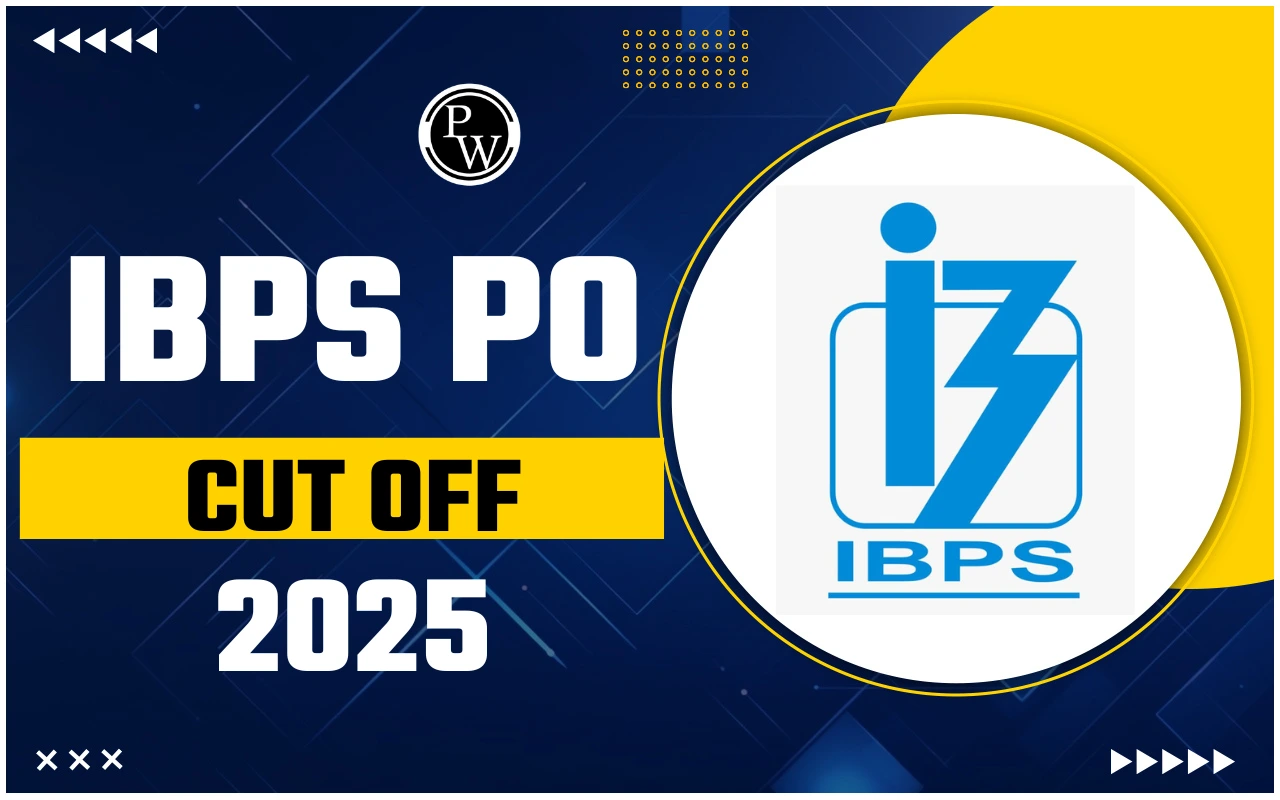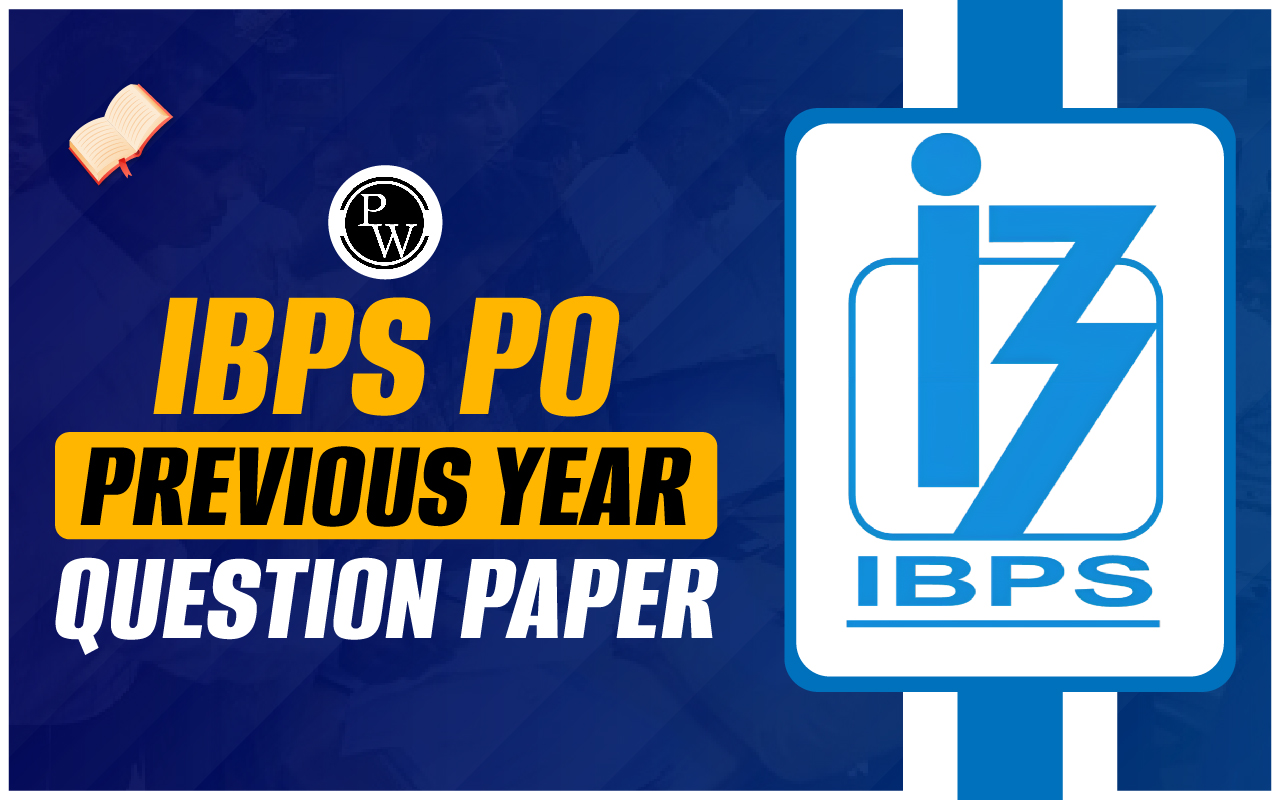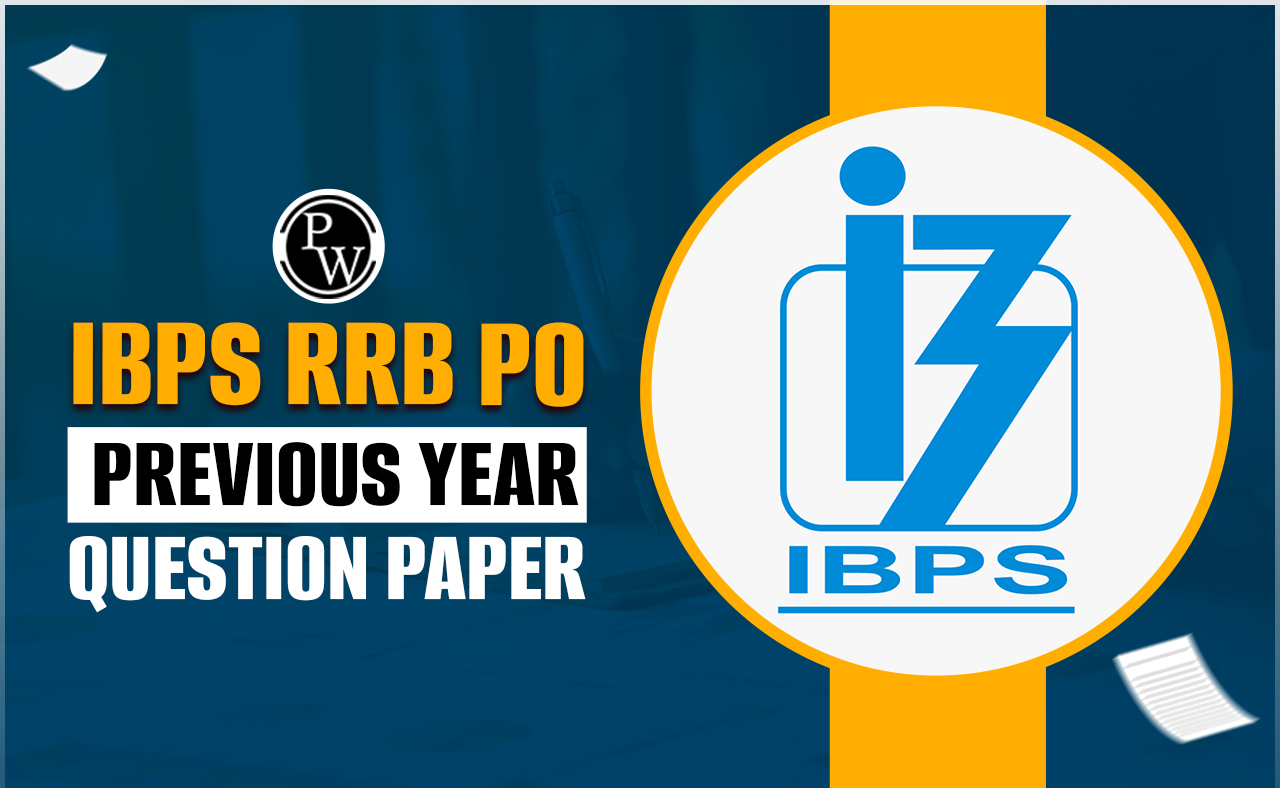
ELSS Funds FAQs
What are the ELSS funds?
ELSS, or Equity Linked Savings Scheme funds, represent tax-saving mutual funds in India. By merging the advantages of equity investments with tax deductions under Section 80C, ELSS establishes itself as a preferred choice for long-term investors. With a mandated 3-year lock-in period, these funds provide the potential for substantial returns alongside tax savings, enhancing their appeal to investors with a strategic, long-range approach.
Is ELSS good for tax saving?
An Equity-Linked Savings Scheme (ELSS) serves as a tax-saving investment according to Section 80C of the Income Tax Act, 1961. By opting for ELSS investments, you become eligible for a tax rebate of up to Rs 1,50,000 annually, leading to potential tax savings of up to Rs 46,800 per year.
Is ELSS good or bad?
ELSS funds present a favorable choice for investors aiming for long-term investment goals, seeking stock market exposure, and tax savings. With a range of ELSS funds at your disposal, it's crucial to conduct thorough research. Ensure your selected fund aligns with your financial plan, effectively contributing to both your investment objectives and tax reduction strategy.
Which is better SIP or ELSS?
An ELSS investment cannot be withdrawn within the initial three years under any circumstances. In terms of lock-in duration, SIP offers more flexibility compared to ELSS. Nevertheless, this flexibility might entail forfeiting tax deductions, as reducing the lock-in period requires giving up on tax benefits.
Is ELSS tax free after 3 years?
No, after the initial three-year lock-in period, ELSS gains are subject to a 10% tax on profits exceeding Rs. 1 lakh in a financial year.
Talk to a counsellorHave doubts? Our support team will be happy to assist you!

Check out these Related Articles
Free Learning Resources
PW Books
Notes (Class 10-12)
PW Study Materials
Notes (Class 6-9)
Ncert Solutions
Govt Exams
Class 6th to 12th Online Courses
Govt Job Exams Courses
UPSC Coaching
Defence Exam Coaching
Gate Exam Coaching
Other Exams
Know about Physics Wallah
Physics Wallah is an Indian edtech platform that provides accessible & comprehensive learning experiences to students from Class 6th to postgraduate level. We also provide extensive NCERT solutions, sample paper, NEET, JEE Mains, BITSAT previous year papers & more such resources to students. Physics Wallah also caters to over 3.5 million registered students and over 78 lakh+ Youtube subscribers with 4.8 rating on its app.
We Stand Out because
We provide students with intensive courses with India’s qualified & experienced faculties & mentors. PW strives to make the learning experience comprehensive and accessible for students of all sections of society. We believe in empowering every single student who couldn't dream of a good career in engineering and medical field earlier.
Our Key Focus Areas
Physics Wallah's main focus is to make the learning experience as economical as possible for all students. With our affordable courses like Lakshya, Udaan and Arjuna and many others, we have been able to provide a platform for lakhs of aspirants. From providing Chemistry, Maths, Physics formula to giving e-books of eminent authors like RD Sharma, RS Aggarwal and Lakhmir Singh, PW focuses on every single student's need for preparation.
What Makes Us Different
Physics Wallah strives to develop a comprehensive pedagogical structure for students, where they get a state-of-the-art learning experience with study material and resources. Apart from catering students preparing for JEE Mains and NEET, PW also provides study material for each state board like Uttar Pradesh, Bihar, and others
Copyright © 2025 Physicswallah Limited All rights reserved.
Get App









